I believe that most of car friends’ understanding of the MG brand started when MG was acquired, and this brand was accepted by people after SAIC Motor took over MG and launched MG6. Perhaps many friends only know that MG is a brand from the UK, but they do not know that MG has a 90-year history from the production of the first car. Not to know that this brand from the UK with a long history has been dominating all kinds of large-scale European competitions for a long time.

As the birthplace of the Industrial Revolution, the British obsession with machinery led to the birth of many inventions that promoted world change. The improvement of the steam engine by the famous British inventor James Watt has completely transformed Europe from manual labor production to mechanical production, and launched the development of human social civilization. The MG brand emerged during the period of rapid industrialization. If the original intention of Volkswagen in Germany was to make cars affordable to everyone, then the original intention of MG was to make sports cars that everyone could have.

The full name of MG is Morris Garages, this is a car shop founded by the British William Morris to sell cars. Morris was born in Worcester, England in 1877. At the age of 3, he came to Oxford with his family. At the age of 15, he left school. In the middle and late 19th century, bicycles were popular in Europe as a convenient and effective means of transportation. At that time, bicycles with large front wheels, small rear wheels and front-wheel-drive bicycles were popular. People would sit very high when riding this bicycle. The British Very fond of this kind of bicycle. Until now, this bicycle design is still used.
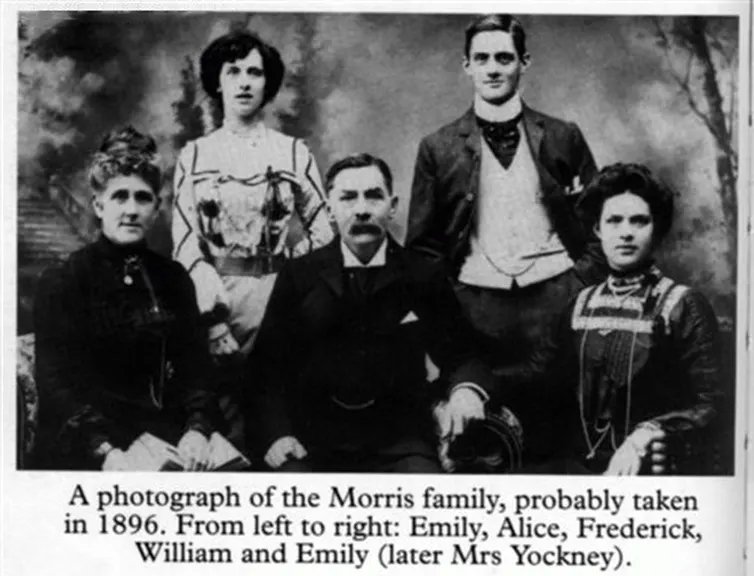
Under the influence of the background at that time, there were many bicycle factories of different sizes appeared around Oxford. So the first job Morris got was repairing the bike. The young Morris is hard-working and conscientious, but he has ambitious ideals and he is not satisfied with the status quo, he wants to become an automobile industrialists. By chance, Morris got in touch with the car, relying on his natural feeling and persistent love for machinery. The active british started his car journey with the four pounds he was given at home.

In 1910, William Morris founded Morris Garage in Oxford, England. At the age of 33, William Morris became the first car dealer in Oxford and the largest dealer in Oxford. Through primitive accumulation, seven years later, in 1920, Morris finally realized his dream of becoming an auto industrialist – the first Morris car was made in the small town of Cowley. From this moment on, William Morris realized his dream of becoming an auto industrialist, and Morris Garage began to shift from auto sales to auto production.

In 1922, another person who had a profound influence on the development of MG joined MG. This was Cecil Kimber. Kimber has worked in several automobile companies successively. He is a fanatical car fan, especially fond of sports cars, and has a lot of design talent. He has designed many beautiful body shapes.
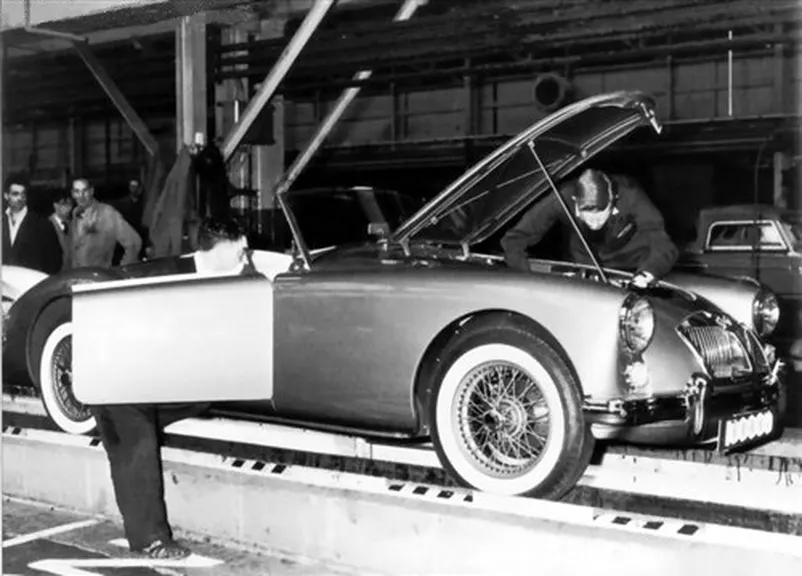
At that time, the British car market was almost blank in sports cars, and Kimber saw such an opportunity in this kind of car market. So he boldly modified the Morris car, lowering an ordinary Morris Cowley chassis and matching it with a two-seater lightweight body that clearly sporty. Since then, MG has been famous for its unique appearance, excellent performance, sports style and strong power. Since then, it has always interpreted the meaning of “British movement”.

● 1924-1928 14(28)/14(40)/18(80)
In March 1924, MG produced its first series of products, 14 / 28. “14” represents the horsepower level of the British concept at that time, while “28” represents its own actual output power. At that time, Britain was under the influence of new art design style, and advocated to embody Cubism spirit in simple three-dimensional geometry form. MG is in this context, innovative use of the “bull nose” design style, forming a special body shape, so that the whole body looks very tensile and attractive.

In addition, in order to show that the new car is not only a modification of Morris car, Kimber uses the tense, firm and stable octagonal shape of the Anglican dome as the MG logo, so that the original oval Morris logo is replaced by the octagonal logo. This logo has continued to this day and witnessed the development of MG.

At that time, the British sports car market was blank. With his passion for cars and his talent in car design, Kimber seized the unlimited opportunity of the company’s development and led his colleagues to make comprehensive and detailed improvements on this model. They flatten the reed so that the chassis can be lowered. Adjust the inclination of the steering wheel to make the car more dynamic. At the same time, the wheels with different radius are provided, because choosing different wheels can make the car look more streamlined. The price of a convertible is only 350 pounds, which makes the demand for 14 / 28 increase sharply. MG is in an advantageous position in the competition with its unique charm and dynamic shape.

At the end of 1926, MG completed the conversion from “bull nose” to “flat nose”, and the flat radiator car finally became the well-known 14/40 model. It has a new chassis structure-wide and short wheelbase, and slightly heavier than the original. The actual output power of the engine is 35 horsepower, and the highest speed reaches 96km/h. It can be expected that this model was very popular in that period.
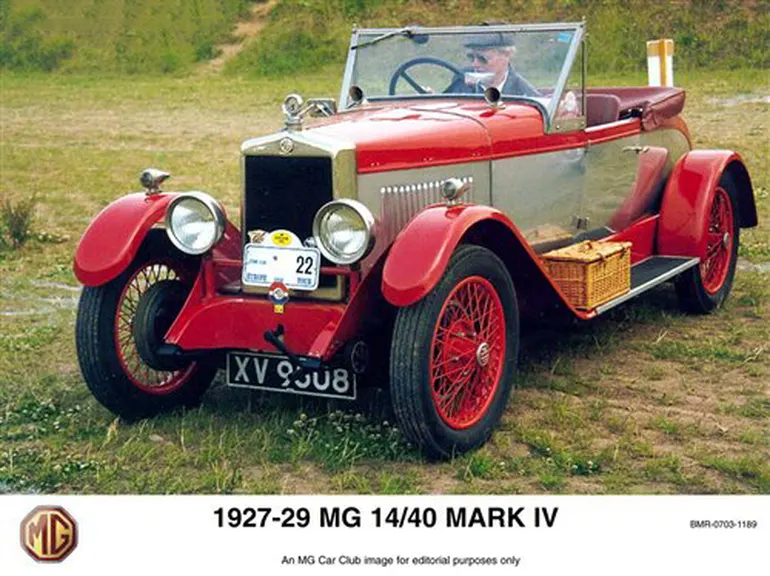
In 1928, MG launched the new model 18/80 SIX. The 18/80 SIX was MG’s first car with a vertical intake grille. In the following 20 years, British cars have used this type of design, and since then MG has established its own unique shape style. It is also the first MG car to adopt a six-cylinder engine. The engine displacement is 2468cc. The engine hood and valvetrain both use a single overhead camshaft and are equipped with a standard three-speed gearbox. As for the brake system, they are operated by connecting rods and ropes. Due to the use of a strong cylinder block and dual SU carburetor, the power can reach 60 horsepower. In the road test, the actual output power of the car can easily reach 80 horsepower. At that time, this kind of power could allow its drivers to experience the fun of drag racing on British country roads.
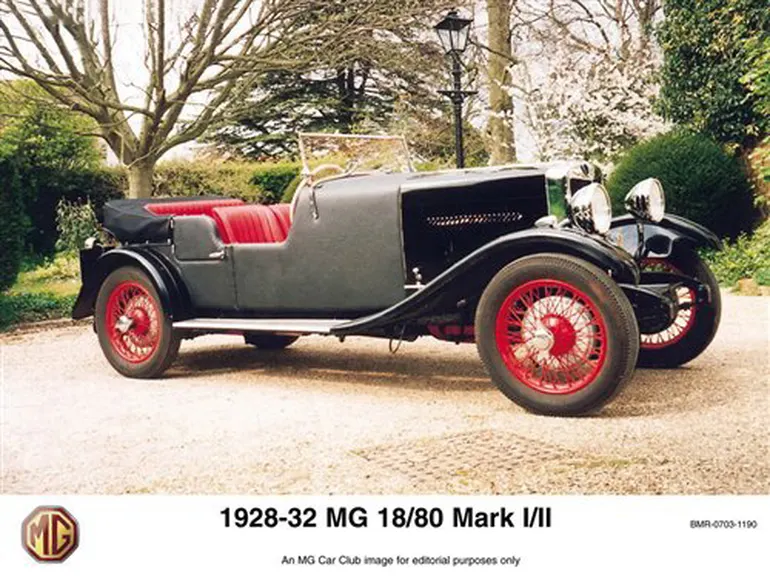

● 1928-1932 M-Type Midget
In 1928, Mg also launched the M-type Midget, which can reach a speed of 64km / h. The price is only 175 pounds. As soon as the car comes on the market, it is very popular. In the later half century, its position has not been shaken. The chassis of the minicar has a wheelbase of about 1981mm and an axle track of about 1067mm, and is equipped with a four cylinder engine newly designed by Wolseley. In front of the power unit, the M-type Midget model vertically installs the generator and overhead camshaft valve mechanism.
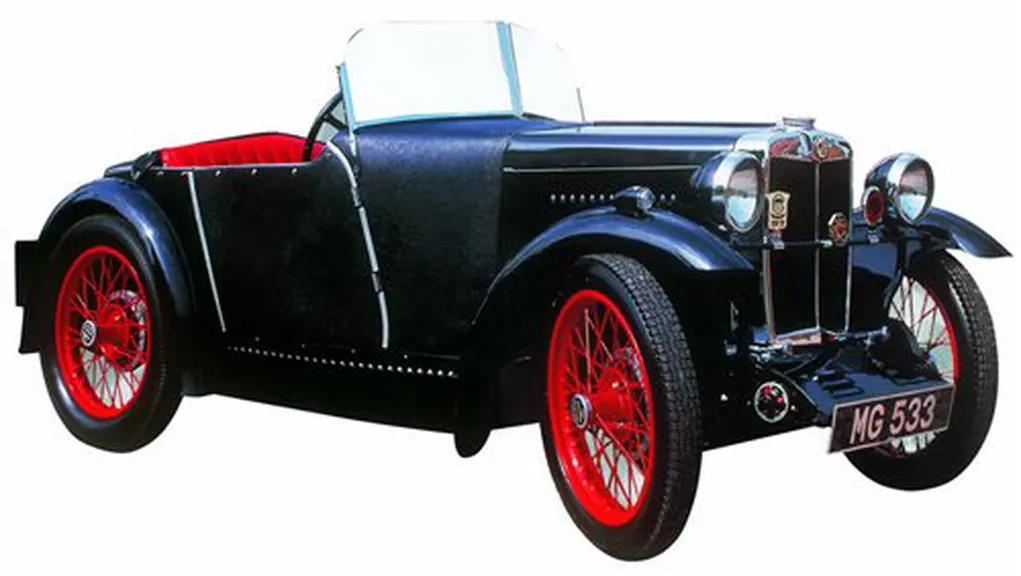
In 1930, MG produced a double-twelve version of Midget based on Midget M. The name comes from the Brooklands (Double 12) racing competition. In the same year, the double twelve version of Midget made a great success in this event and won the team award. This is one of the most important awards that MG won in the early days, which made MG famous.

● 1932-1934 J1/J2 Midget
In 1932, MG launched the J-type Midget model, replacing the M-type Midget model, which was the latest sports car at that time, with fast speed and beautiful appearance. Most of the components of this model are inherited from the original model, and engineers have innovated some parts. The Model J is the first MG model to adopt an 86-inch (about 1184 mm) wheelbase chassis structure. The tire size is 42 inches (approximately 1067 mm), and a drum brake operated by a cable with a diameter of 8 inches that is not too suitable to used. Its four-speed transmission evolved from other Midget and Magna models.


The high-speed four cylinder engine of J-model makes the maximum power of J-model reach 36 horsepower, which is larger than almost all the Midget and Magna models with six cylinder engine. Its birth announced that the time to adopt the valve cross-flow cylinder head and the double Su carburetor has come.
● 1934-1936 K3 Magnette/NA Magnette
The K3 Magnette model, which was designed from 1932 to 1934, is a typical representative of the passion and speed in MG’s early cars. It has a wheelbase of 2393mm and uses a drum brake of approximately 330mm. And equipped with a single overhead camshaft six-cylinder engine, while increasing the power of the engine. The displacement of the K3 Magnette model was reduced to 1087cc, and it was included in the 1100cc class series. The speed of this car on the oval racing track easily reached 168km/h, and the top speed even reached 176km/h. Of the 1100cc cars produced in the early 1930s, almost no car could do it. The small displacement has such a speed, which makes MG fans will feel enthusiastic when they think of it.

In 1933, the retail price of K3 model in the UK was 795 pounds, which was four times that of J2 model of the same level, and sales were also limited. But it doesn’t matter, because the K3 model is made for car racing. Although the sales situation is not ideal due to the price. But Cecil Kimber has found a way to make a sports car a successful from the process and failure of developing a car.
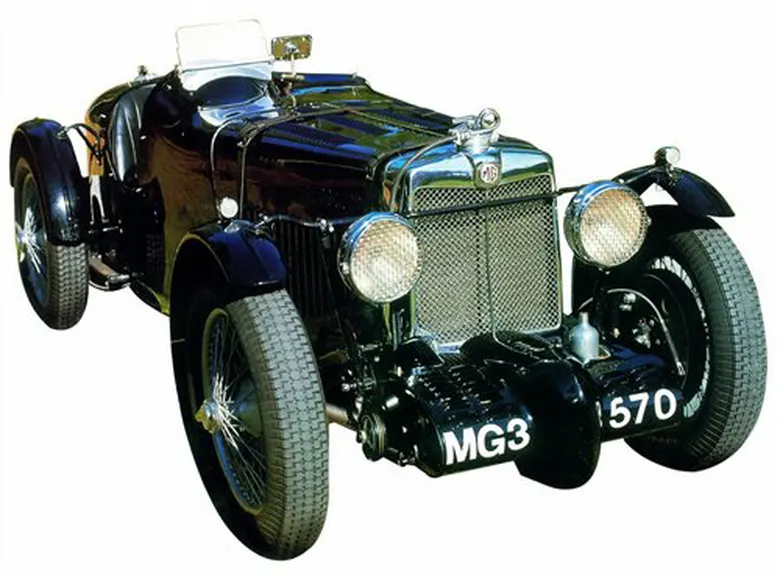
As soon as it was shipped from the factory in 1934, it won the fourth place in the Le Mans 24 hour race in France. Since then, the K3 Magnette model has won countless races, repeatedly breaking the world speed record, and has been affectionately called “race monster” by car fans. It is no exaggeration to say that the speed history of the K3 Magnette model is the history of car racing records in the 1930s. It can be called MG’s remarkable achievement in the history of British cars.

In the spring of the same year, Mg launched two new models. One is PA midget, which replaces the popular J2 model; the other is NA Magnette. The two models use Mg’s newly developed four cylinder and six cylinder engines. At the same time, the body of the two models is wider, the equipment is more perfect, and the weight of the whole vehicle is slightly increased.
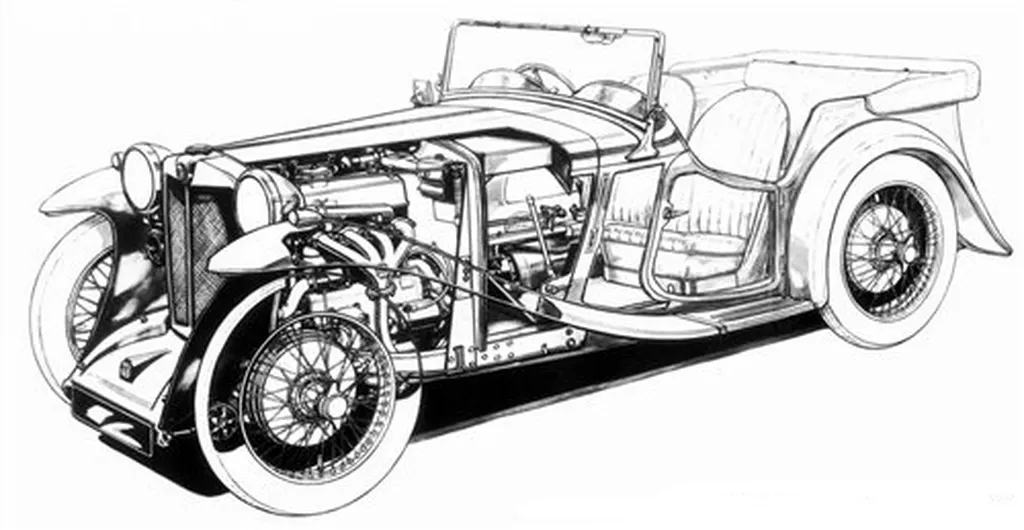
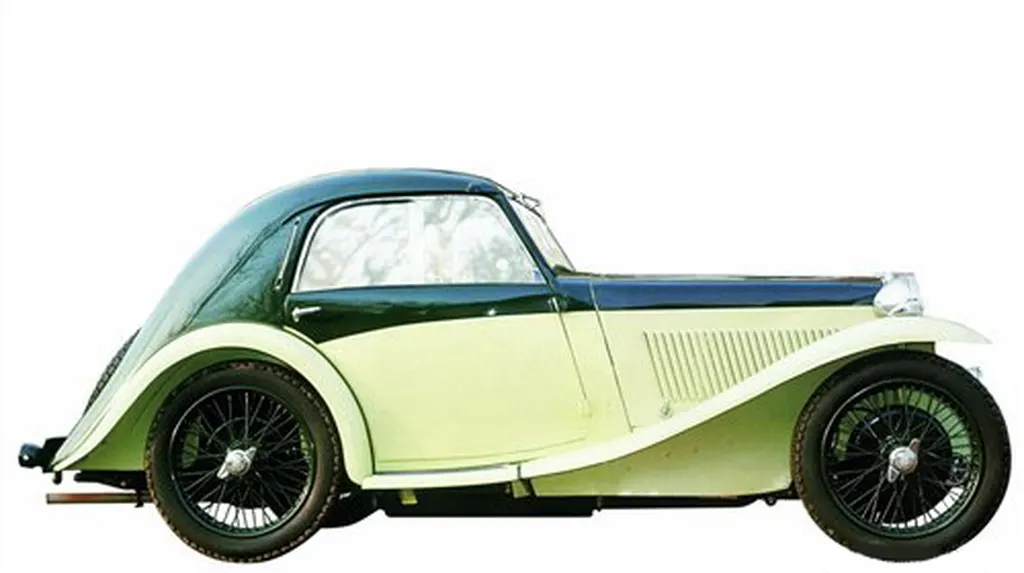
In fact, the NA Magnette model uses a longer wheelbase and a longer axle track. The wheelbase of this model is the first time in Mg’s history that it has reached 96 inches (about 2438 mm), and it is also the first time that it has adopted a 45 inch (about 1143 mm) axle track. And a stronger chassis is adopted to improve the stability of the body. The PA Midget model uses drum brake and new Bishop cam steering gear.
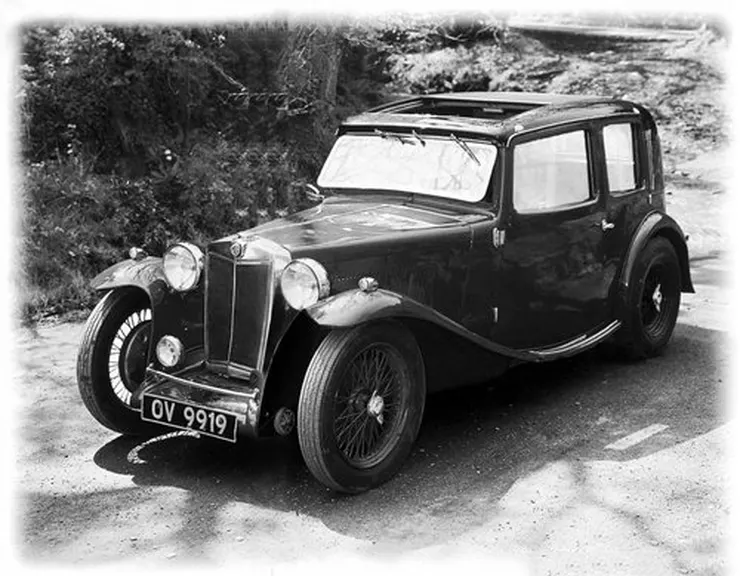

In terms of power, the NA Magnette model has an engine with a displacement of 1271cc, an AC cylinder head, and has always used a double-half drag carburetor and a pair of refined exhaust manifolds. Both the cylinder head and the cylinder block are recast.
At the end of 1930s, World War II broke out, and the war covered the whole European continent. MG, like other British car manufacturers, turned to military production in World War II, mainly producing aircraft engines. This stage has accumulated rich engine technology for Mg and laid a solid foundation for climbing to the peak in the future. From 1933 to 1939, the annual sales volume of Mg car quickly increased from 5000 to 11000, and the net profit increased from 7500 pounds to 200000 pounds. This period of time has become the most unforgettable time for Mg and the most glorious period for Mg.

